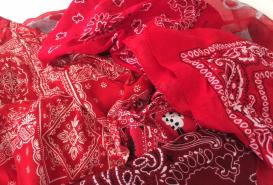“Vegetable · Animal · Transformation” examines a complex of eighteenth and early nineteenth-century strategies that engaged call on chemistry, biology, and dyehouse practices to create vibrant and stable colors on cotton, particularly, but not exclusively, directed toward replicating a color known in the West as Turkey Red. Up to that time, Western dyeing and dyehouse practices were most concerned with giving color to protein fibers, particularly wool and silk. While “vegetable fibers” were familiar to European manufacturers and consumers before the eighteenth century, common methods to color wool seldom transferred directly to cotton. As the social and commercial significance of cotton grew, dyeing or printing attractive wash- and light-fast colors became ever more important. This goal required new approaches to the actions of the dye processes, and corresponding explanations of why and how these approaches worked (or didn’t). One strategy was to animalize the cotton; to treat the fibers with substances that would make them react to coloring processes as if they were proteinaceous. Thus the project is also an opportunity to reinterpret ideas about transformation in chemistry and biology at a time when both of those disciplines were themselves transforming.

Project
(2018)
